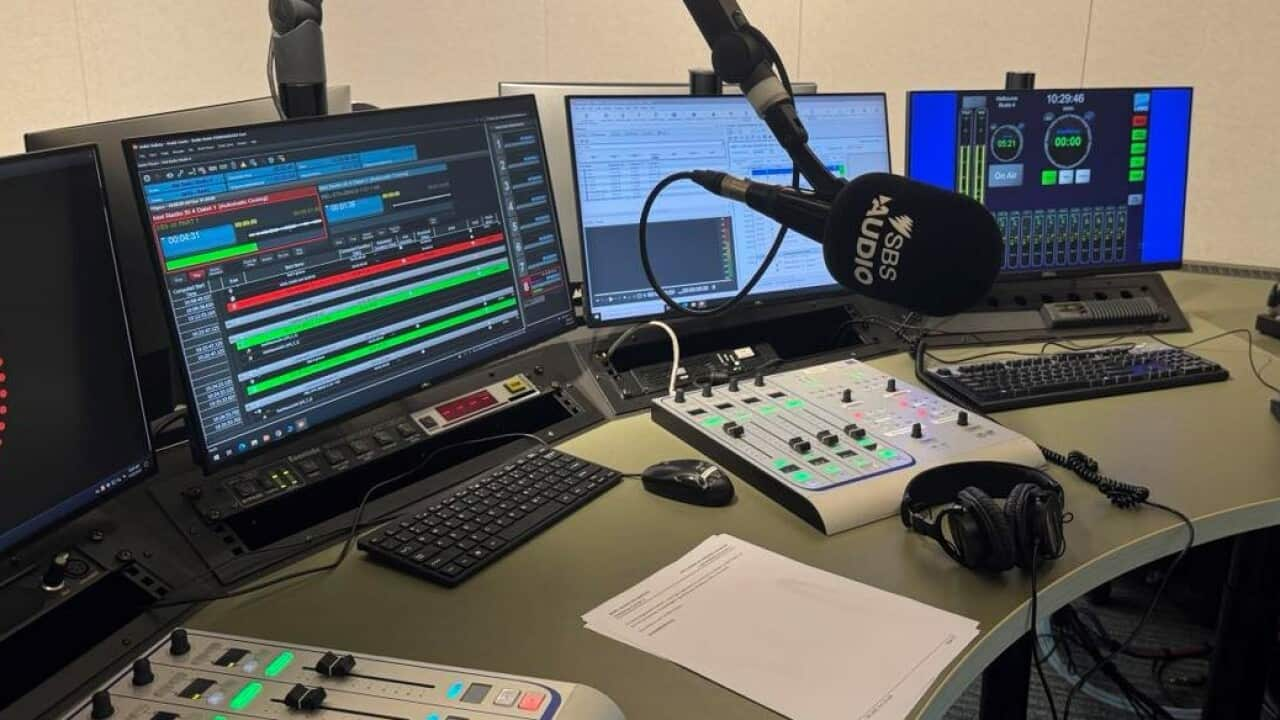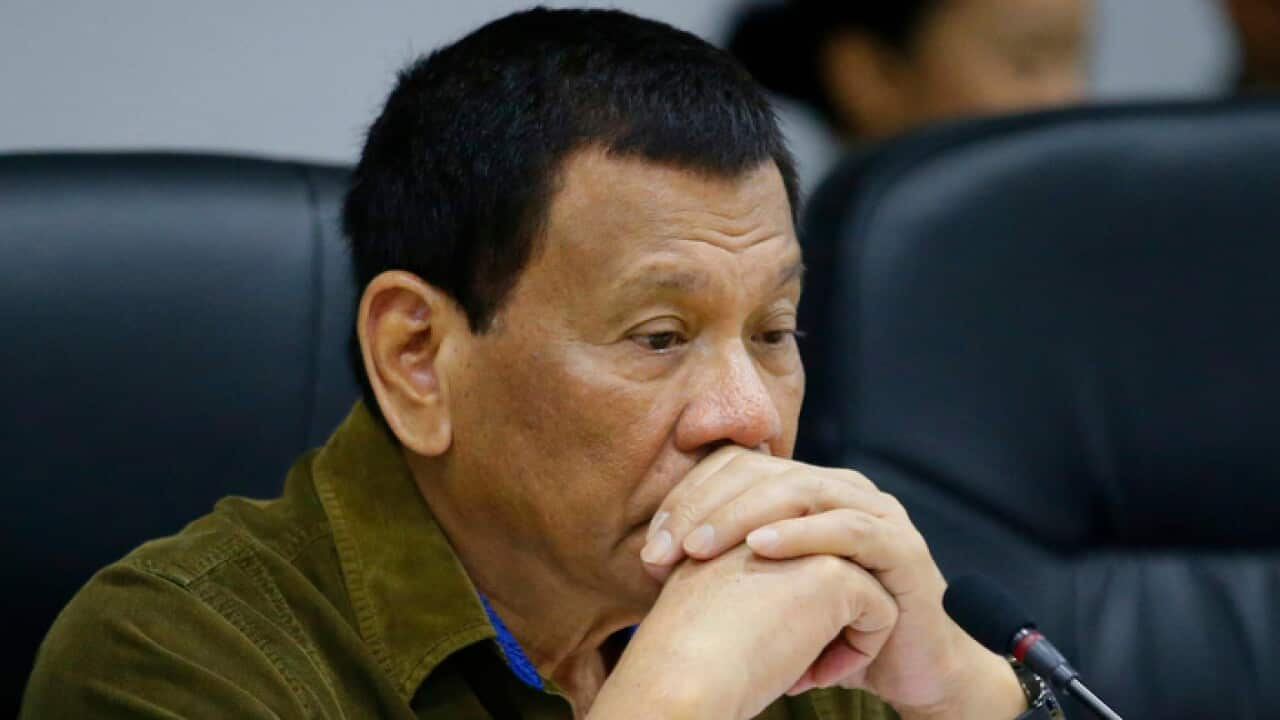Highlights
- Thousands across the country took to the streets to protest and call for justice for First Nations people
- COVID-19 restrictions meant that citizenship ceremonies were celebrated slightly differently this year
- More than 800 Australians have been recognised for their outstanding advocacy, community or volunteer work, in the Australia Day Honours List
At the national flag-raising and citizenship ceremony in Canberra, Prime Minister Scott Morrison said the date marked the day changed Australia changed forever.
"We do it on this day when the course of this land change forever. There is no escaping or canceling that fact, for better or worse, and worse. It was the moment where the journey to our modern Australia began, and it is this continuing Australian journey that we recognise today. Our stories since that day have been of sorrow and of joy, of loss and redemption, of failure and of success."




